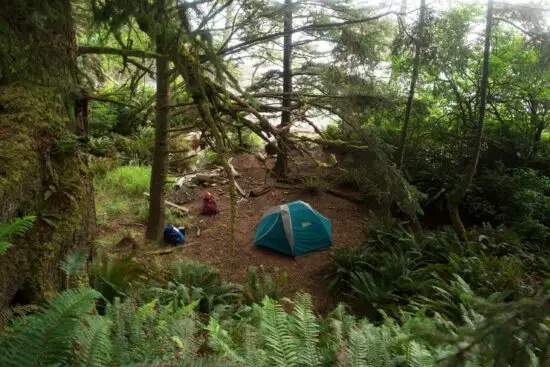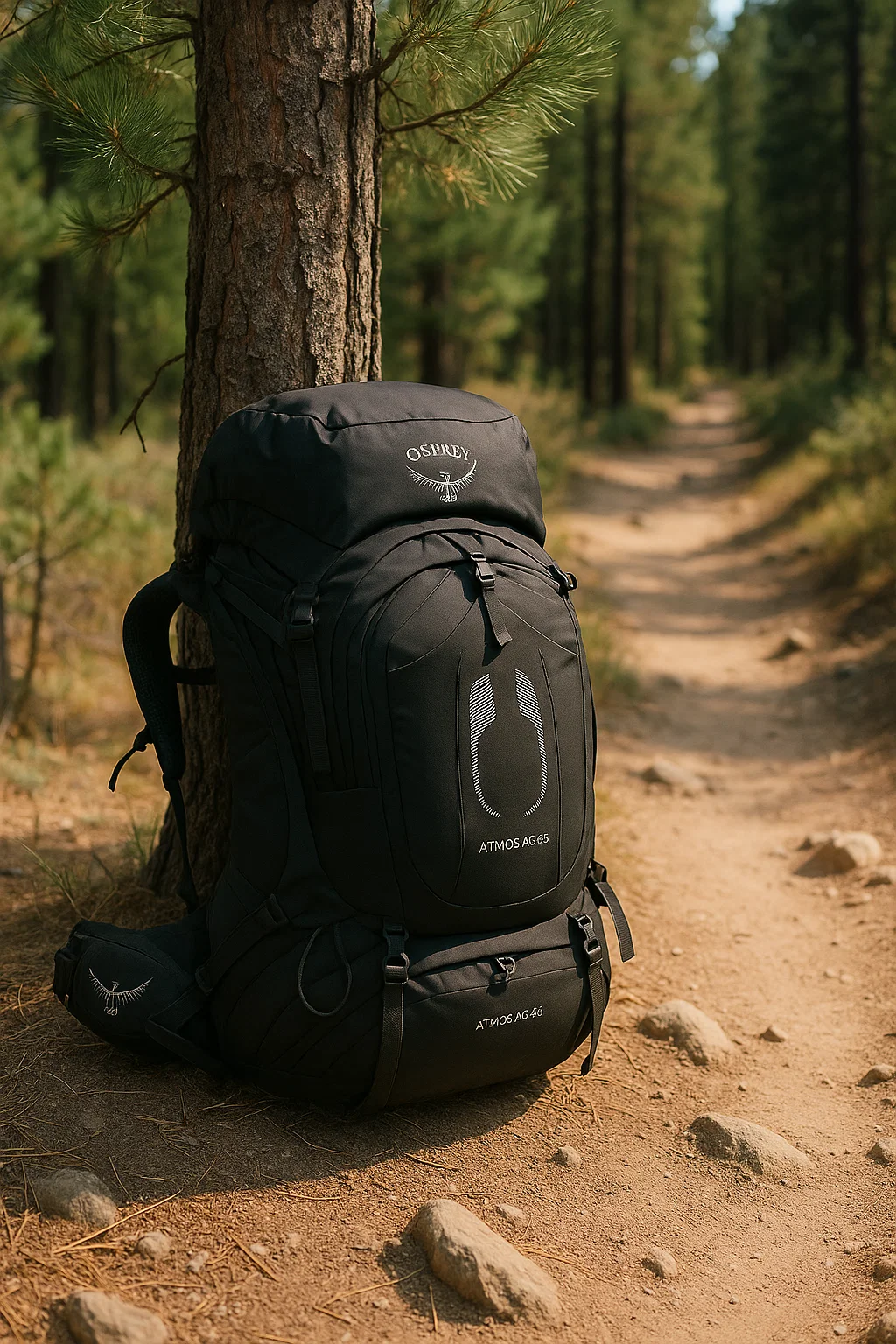Crafting the Ultimate Backpacking Campsite
Selecting the ideal campsite is pivotal for a successful backpacking expedition. Your campsite becomes your sanctuary, offering shelter, comfort, and a launching pad for wilderness exploration. Whether you’re nestled in a secluded backcountry spot or settling into a defined area, mastering the art of campsite selection and preparation is paramount for an unforgettable outdoor adventure. In this guide, we’ll uncover essential tips for discovering and optimizing your backpacking campsite.
Research Campsite Options
Before heading out on your backpacking trip, take the time to research potential campsites in the area you’ll be exploring. Consult trail maps, guidebooks, online resources, and park or forest service websites to identify designated campsites, backcountry camping areas, and any regulations or restrictions that may apply. Consider factors such as distance from the trailhead, availability of water sources, terrain features, and scenic views when evaluating potential campsites.
Arrive Early to Secure a Prime Spot
If you’re camping at a popular backcountry destination or established campground, arriving early can increase your chances of securing a prime campsite. Aim to reach your destination with plenty of daylight remaining to scout out potential campsites, set up your shelter, and settle in before nightfall. Keep in mind that some campsites may have limited availability or be allocated on a first-come, first-served basis, so plan accordingly to avoid disappointment.
Prioritize Safety and Comfort
When selecting a campsite, prioritize safety and comfort above all else. Choose a flat and level area free of hazards such as rocks, roots, or overhanging branches to pitch your tent or set up your shelter. Look for natural windbreaks, such as trees or boulders, to provide protection from the elements and ensure a more comfortable camping experience. Avoid camping near waterways or in low-lying areas prone to flooding, and be mindful of potential hazards such as dead trees, loose rocks, or unstable terrain.
Leave No Trace
As responsible outdoor enthusiasts, it’s essential to practice Leave No Trace principles when selecting and preparing your campsite. Choose established campsites whenever possible to minimize your impact on the environment and avoid trampling fragile vegetation or disturbing wildlife habitat. Leave your campsite cleaner than you found it by packing out all trash and waste, including food scraps, toilet paper, and hygiene products. Minimize your use of campfires and follow local regulations regarding fire restrictions and firewood collection to prevent damage to natural resources.

Consider Privacy and Serenity
One of the joys of backpacking is the opportunity to escape the crowds and immerse yourself in the tranquility of the wilderness. When choosing a campsite, seek out secluded and quiet locations away from high-traffic areas or popular tourist attractions. Look for campsites with scenic views, peaceful surroundings, and minimal noise pollution to enhance your sense of serenity and connection with nature. Respect the privacy of other campers by maintaining a respectful distance and minimizing noise and disturbances during your stay.
Be Prepared for Changing Conditions
Weather and environmental conditions can change rapidly in the wilderness, so it’s essential to be prepared for whatever Mother Nature throws your way. Choose a campsite that offers adequate protection from wind, rain, and extreme temperatures, and be prepared to adjust your plans or seek shelter if conditions deteriorate unexpectedly. Pack appropriate gear and clothing for the forecasted weather conditions, including rain gear, insulation layers, and a sturdy tent or shelter to keep you dry and comfortable throughout the night.

Practice Campsite Etiquette
Respect for fellow campers and the natural environment is essential when camping in the wilderness. Follow established campsite etiquette guidelines, such as keeping noise to a minimum, respecting quiet hours, and refraining from playing loud music or using electronic devices that may disturb others. Be considerate of wildlife by storing food securely and avoiding actions that may attract animals to your campsite. Leave natural objects and features undisturbed and refrain from carving or defacing trees, rocks, or other natural landmarks.
Conclusion
Selecting the perfect backpacking campsite is an art form that requires careful consideration, preparation, and respect for the natural world. By researching campsite options, prioritizing safety and comfort, practicing Leave No Trace principles, and respecting campsite etiquette, you can create an unforgettable outdoor experience that leaves you feeling refreshed, rejuvenated, and connected to the beauty of the wilderness. So pack your gear, choose your spot, and immerse yourself in the magic of the great outdoors on your next backpacking adventure. Happy camping!




